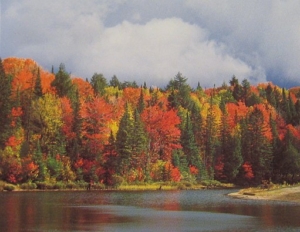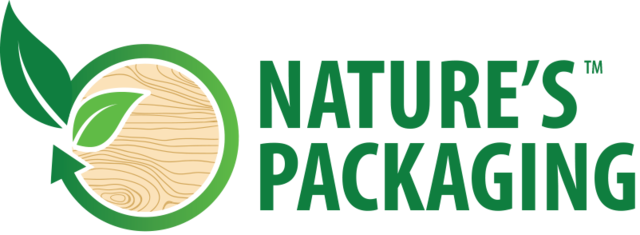New Forest Management Practices Increase Carbon Sequestration
New Forest Management Practices Increase Carbon Sequestration
Greenhouse gases, also referred to as GHG, impact the Earth’s atmosphere by trapping heat within it. One of those greenhouse gases is carbon dioxide. When forests are healthy and sustainably managed, they sequester carbon from the atmosphere. This helps to counteract the impact greenhouse gases have on our planet. Nature’s Packaging supports the use of sustainably sourced North American lumber for wood packaging
 The recently signed deal between Haliburton Forest & Wildlife Reserve and Bluesource Canada looks to bring new hope to managing greenhouse gas emissions by sustainably managing 100,000 acres of forest in Ontario, Canada. The forest presently sequesters approximately 8 million tonnes of carbon dioxide and with their partnership with Bluesource Canada, they hope to increase this amount by 75,000 tonnes per year. This will be accomplished by increasing the maturity of trees harvested (rotation times), improving the health of the trees, and harvesting less than the annual growth of new trees.
The recently signed deal between Haliburton Forest & Wildlife Reserve and Bluesource Canada looks to bring new hope to managing greenhouse gas emissions by sustainably managing 100,000 acres of forest in Ontario, Canada. The forest presently sequesters approximately 8 million tonnes of carbon dioxide and with their partnership with Bluesource Canada, they hope to increase this amount by 75,000 tonnes per year. This will be accomplished by increasing the maturity of trees harvested (rotation times), improving the health of the trees, and harvesting less than the annual growth of new trees.
Many new practices tailored to the type of the forest will be applied, including the “single-tree selection system” and the “uniform shelterwood system.” Single-tree selection is a method that prioritizes the elimination of sick trees that most probably will not survive or grow past the aspired maturity. That way, single-tree selection enhances the overall health and condition of the forest over time. It might be a low-impact harvesting technique but is the favored approach for promoting the growth of shade-tolerant species like the sugar maple and is intended to maximize carbon sequestration for this kind of forest.
Harvesting timber and promoting new growth is believed to be best achieved by using the uniform shelterwood system. In this practice, the larger and more dense parts of the forest are thinned. This creates greater gaps in the canopy, which is intended to allow more light to pass through the canopy and onto the forest floor. This practice will promote new growth of shade-intolerant species of trees like White pine, Red oak, and Black cherry.
The combination of these methods promotes diversity in the forest and over time is expected to sequester 75,000 tonnes of carbon dioxide from the atmosphere.
References:
- https://www.bluesource.com/2017/09/13/bluesource-and-haliburton-forest-wildlife-reserve-partner-on-ground-breaking-forest-carbon-project-in-ontario/
- https://www.epa.gov/ghgemissions/sources-greenhouse-gas-emissions
- https://ec.europa.eu/eurostat/statistics-explained/index.php/Greenhouse_gas_emission_statistics_-_emission_inventories










